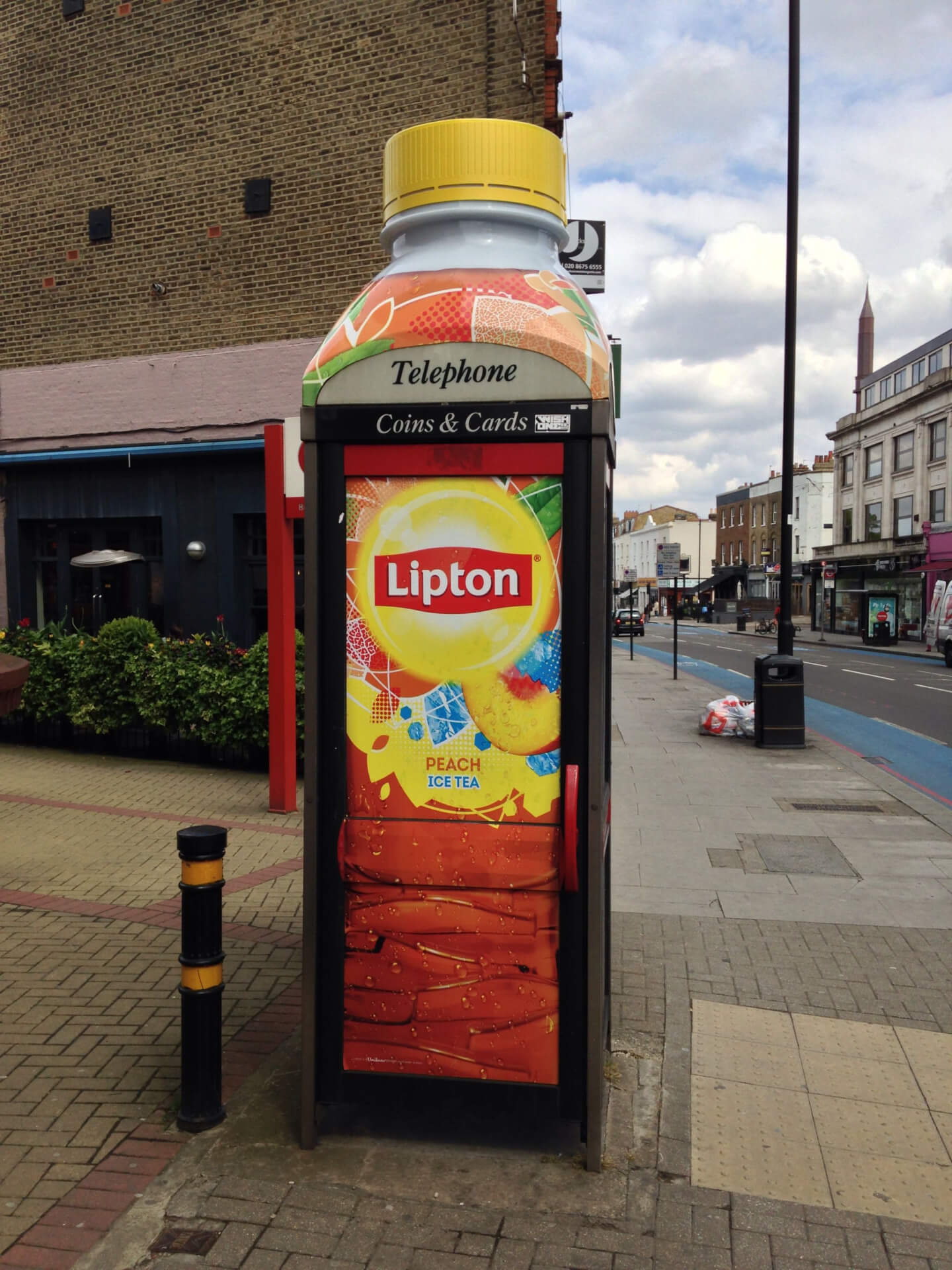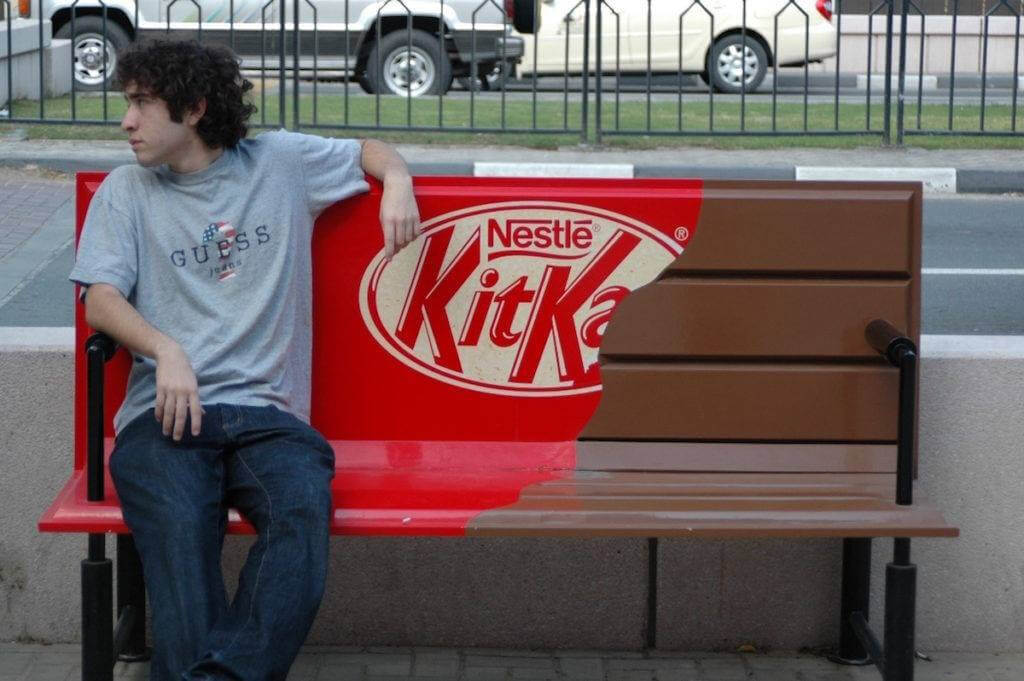In today's competitive business world, marketing is a crucial aspect of any business. However, for small businesses with limited budgets, traditional marketing methods can be expensive and difficult to execute. Guerrilla marketing is an effective marketing strategy that can be used by small businesses to achieve maximum impact with minimal resources. In this article, we will explore guerrilla marketing for the small marketing budget and how businesses can use this strategy to drive growth.
Table of Contents
Introduction
Small businesses often struggle to compete with larger businesses when it comes to marketing. Limited budgets make it challenging to execute traditional marketing methods such as TV commercials, billboards, or print ads. Guerrilla marketing is a cost-effective and creative approach that can help small businesses overcome these challenges. Guerrilla marketing campaigns rely on unconventional methods and tactics that are often unexpected and can create buzz and excitement for the brand.
What is Guerrilla Marketing?
Guerrilla marketing is a marketing strategy that relies on unconventional tactics and low-cost methods to create buzz and generate exposure for a brand or product. Guerrilla marketing campaigns often involve using unexpected, attention-grabbing stunts or events to promote the brand. This type of marketing is based on the concept of “guerrilla warfare,” where small, unconventional tactics are used to overcome larger, more established forces.
Benefits of Guerrilla Marketing for Small Businesses
Guerrilla marketing offers several benefits for small businesses, including:
Cost-Effective
Guerrilla marketing is a low-cost approach that can be executed with minimal resources. It does not require a large advertising budget and can be done with creativity and a bit of ingenuity.
Creates Buzz and Excitement
Guerrilla marketing campaigns often involve unexpected and attention-grabbing tactics that create buzz and excitement for the brand. This can help small businesses generate exposure and gain new customers.
Targets Specific Audiences
Guerrilla marketing campaigns can be targeted to specific audiences, which can help small businesses reach their target market more effectively.
Builds Brand Awareness
Guerrilla marketing campaigns can help small businesses build brand awareness and establish their brand in the minds of consumers.
How to Plan a Guerrilla Marketing Campaign
Planning a guerrilla marketing campaign requires creativity, research, and careful consideration of the target audience. Here are the steps to plan a successful guerrilla marketing campaign:
Step 1: Identify the Target Audience
The first step in planning a guerrilla marketing campaign is to identify the target audience. Understanding the target audience is essential to developing a campaign that resonates with them.
Step 2: Set Objectives
Set clear objectives for the campaign, such as increasing brand awareness, generating leads, or driving sales.
Step 3: Brainstorm Creative Ideas
Brainstorm creative ideas for the campaign. Think outside the box and consider unconventional tactics that will grab the attention of the target audience.
Step 4: Develop a Plan
Develop a plan that outlines the tactics, timeline, and budget for the campaign.
Step 5: Execute the Campaign
Execute the campaign and track the results. Make adjustments as needed to optimize the campaign.
Key Elements of a Successful Guerrilla Marketing Campaign
Successful guerrilla marketing campaigns have several key elements:
Creativity
The most successful guerrilla marketing campaigns are creative and unexpected. They use unconventional tactics to grab the attention of the target audience.
Relevance
The campaign should be relevant to the target audience and the brand. It should align with the brand's values and messaging.
Timing
Timing is crucial in a guerrilla marketing campaign. The campaign should be executed at the right time to maximize its impact.
Measurement
The success of a guerrilla marketing campaign should be measured to determine its effectiveness and identify areas for improvement.
Examples of Successful Guerrilla Marketing Campaigns
Here are some examples of successful guerrilla marketing campaigns:
1. The Blair Witch Project
The Blair Witch Project is a horror film that was released in 1999. The film's marketing campaign included a website that presented the film as a true story. The website also included fake news articles and police reports, creating buzz and excitement for the film. The campaign was highly successful, generating over $248 million at the box office.
2. Red Bull Stratos
Red Bull Stratos was a marketing campaign that involved Austrian skydiver Felix Baumgartner jumping from a balloon at the edge of space. The jump was broadcast live and generated over 52 million views on YouTube. The campaign helped Red Bull increase its market share in the energy drink market.
3. Nike's Just Do It Campaign
Nike's Just Do It campaign is a long-running marketing campaign that focuses on inspiring people to pursue their dreams and aspirations. The campaign has been highly successful, helping Nike become one of the world's most recognizable brands.
Measuring the Success of a Guerrilla Marketing Campaign
Measuring the success of a guerrilla marketing campaign is essential to determine its effectiveness and identify areas for improvement. Here are some metrics that can be used to measure the success of a guerrilla marketing campaign:
Social Media Engagement
Social media engagement is an excellent metric to measure the success of a guerrilla marketing campaign. Likes, shares, and comments can indicate how the campaign is resonating with the target audience.
You you want to increase your engagement on Twitter, you can read our recent article: Click here
Website Traffic
Website traffic can be used to measure the impact of a guerrilla marketing campaign. An increase in traffic can indicate that the campaign is generating interest in the brand.
Boost your Website Traffic with this Proven method: Click here to Know
Sales
Sales are the ultimate metric for measuring the success of a marketing campaign. An increase in sales can indicate that the campaign is driving revenue for the business.
How to Grow Sales Using Image Tactics – The Ultimate Guide: Click here
How to Use Your FAQ Page as a Sales Tool to Boost Conversions: Click here
Risks and Challenges of Guerrilla Marketing
While guerrilla marketing can be a highly effective marketing strategy, it also has its risks and challenges. Here are some of the challenges that businesses may face when executing a guerrilla marketing campaign:
Legal Issues
Guerrilla marketing campaigns can sometimes cross legal boundaries, leading to legal issues for the business. It is essential to ensure that the campaign complies with all relevant laws and regulations.
Negative Feedback
Guerrilla marketing campaigns can sometimes generate negative feedback from the target audience. It is essential to consider the potential negative consequences of the campaign before executing it.
Limited Reach
Guerrilla marketing campaigns typically have a limited reach compared to traditional marketing methods. It is essential to consider the target audience and the potential reach of the campaign before executing it.
Conclusion
Guerrilla marketing is an effective marketing strategy for small businesses with limited budgets. By relying on unconventional tactics and low-cost methods, small businesses can generate buzz and excitement for their brand. Successful guerrilla marketing campaigns require creativity, research, and careful planning. By following the steps outlined in this article, small businesses can execute a successful guerrilla marketing campaign that drives growth and revenue.
FAQs
What is guerrilla marketing, and how does it work?
Guerrilla marketing is a marketing strategy that uses unconventional tactics and low-cost methods to promote a product, service, or brand. The goal of guerrilla marketing is to generate buzz and excitement around a brand while reaching a wide audience with minimal investment. Guerrilla marketing tactics can include flash mobs, viral videos, street art, and other creative methods.
What are the benefits of guerrilla marketing for small businesses?
Guerrilla marketing is an excellent marketing strategy for small businesses with limited budgets. Here are some benefits of guerrilla marketing for small businesses:
1. Low Cost: Guerrilla marketing campaigns are often low cost and require minimal investment, making them ideal for small businesses with limited marketing budgets.
2. Creativity: Guerrilla marketing campaigns allow small businesses to showcase their creativity and stand out from their competitors.
3. Reach: Guerrilla marketing campaigns can reach a wide audience, generating buzz and excitement for the brand.
4. Flexibility: Guerrilla marketing campaigns can be adapted to suit the needs of the business, making them flexible and customizable.
What are the key elements of a successful guerrilla marketing campaign?
Here are some key elements of a successful guerrilla marketing campaign:
1. Creativity: A successful guerrilla marketing campaign requires creativity to stand out from the competition.
2. Target Audience: The campaign should be targeted towards the specific audience the brand is trying to reach.
3. Location: The location of the campaign is crucial, and it should be chosen to maximize the impact of the campaign.
4. Relevance: The campaign should be relevant to the target audience and the brand. It should align with the brand's values and messaging.
5. Timing: Timing is crucial in a guerrilla marketing campaign. The campaign should be executed at the right time to maximize its impact.
6. Measurement: The success of a guerrilla marketing campaign should be measured to determine its effectiveness and identify areas for improvement.
How can small businesses measure the success of a guerrilla marketing campaign?
Here are some metrics that can be used to measure the success of a guerrilla marketing campaign:
1. Social Media Engagement: Social media engagement is an excellent metric to measure the success of a guerrilla marketing campaign. Likes, shares, and comments can indicate how the campaign is resonating with the target audience.
2. Website Traffic: Website traffic can be used to measure the impact of a guerrilla marketing campaign. An increase in traffic can indicate that the campaign is generating interest in the brand.
3. Sales: Sales are the ultimate metric for measuring the success of a marketing campaign. An increase in sales can indicate that the campaign is driving revenue for the business.
What are some examples of successful guerrilla marketing campaigns?
Here are some examples of successful guerrilla marketing campaigns:
1. The Blair Witch Project: The marketing campaign for the horror film The Blair Witch Project included a website that presented the film as a true story, generating buzz and excitement for the film. The campaign was highly successful, generating over $248 million at the box office.
2. Red Bull Stratos: The Red Bull Stratos campaign involved Austrian skydiver Felix Baumgartner jumping from a balloon at the edge of space. The jump was broadcast live and generated over 52 million views on YouTube.
3. Nike's Just Do It Campaign: Nike's long-running Just Do It campaign focuses on inspiring people to pursue their dreams and aspirations. The campaign has been highly successful, helping Nike become one of the world's most recognizable brands.








